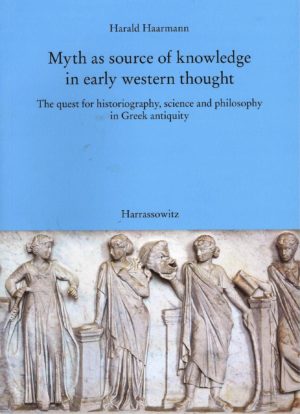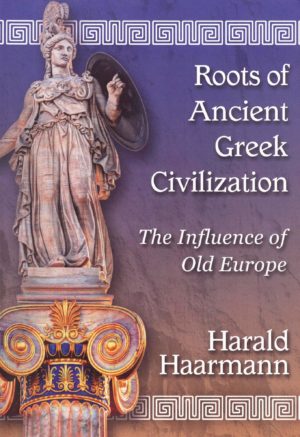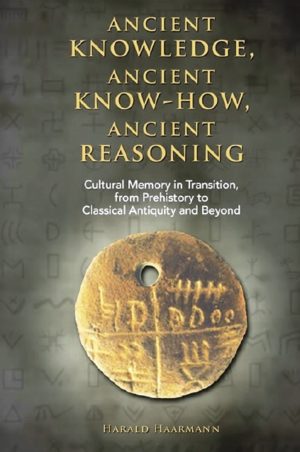“Marija Rediviva ~ DNA and Indo-European Origins”
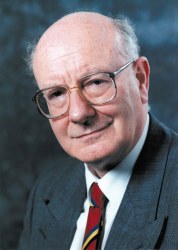 Professor Colin Renfrew, Senior Fellow, McDonald Institute for Archaeological Research, University of Cambridge, delivered the first
Professor Colin Renfrew, Senior Fellow, McDonald Institute for Archaeological Research, University of Cambridge, delivered the first
MARIJA GIMBUTAS MEMORIAL LECTURE at the ORIENTAL INSTITUTE, University of Chicago, November 8, 2017.
Excerpt from the Oriental Institute announcement: “Marija Gimbutas had a detailed knowledge of the archaeology of prehistoric Europe and of the Neolithic cultures of “Old Europe” with their rich iconography of goddesses and gods, which she viewed as overwhelmed at the onset of the Bronze Age by the Kurgan invasions—incursions of nomadic pastoralists from the steppe lands, north of the Black Sea. This she saw as the key impetus which brought Old Europe to an end and which introduced to Europe a new population speaking early Indo-European languages. Her Kurgan invasion theory was viewed with reservations by several scholars, yet recent work on ancient DNA has given strong support to her views and brought them back into prominence.”
The first Marija Gimbutas Memorial Lecture, delivered by Colin Renfrew, offered a critical review of the question of Indo-European language origins, and highlighted the contribution of one of the leading prehistorians of the twentieth century.
Recent DNA evidence indicates direct connection between the Yamnaya steppe population and the Indo-European Corded Ware people of North-Central Europe, considered ancestral to subsequent Proto-Germanic and Proto-Baltio-Slavic Indo-European populations. The spread of Gimbutas’s Kurgan pastoralists into Europe provides the most viable explanation of the rapid Indo-Europeanization of the continent.
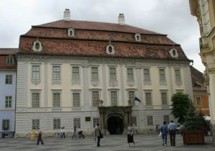
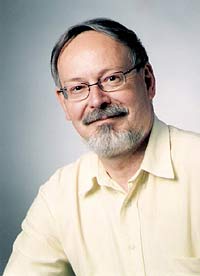 The prolific linguist and cultural scientist HARALD HAARMANN continues to produce a broad range of publications that have special significance within the field of Archaeomythology. Dr Haarmann is Vice President of the Institute of Archaeomythology and Director of its European branch. Here are samples of his most recent offerings with links to recorded dialogues and interviews inspired by his work and the pioneering research of Lithuanian-American Archaeologist Marija Gimbutas.
The prolific linguist and cultural scientist HARALD HAARMANN continues to produce a broad range of publications that have special significance within the field of Archaeomythology. Dr Haarmann is Vice President of the Institute of Archaeomythology and Director of its European branch. Here are samples of his most recent offerings with links to recorded dialogues and interviews inspired by his work and the pioneering research of Lithuanian-American Archaeologist Marija Gimbutas.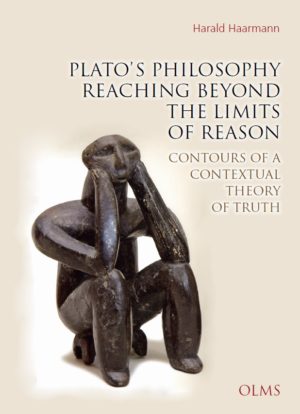
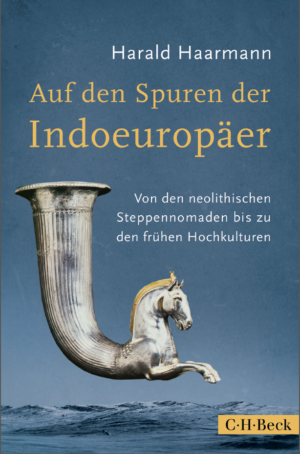
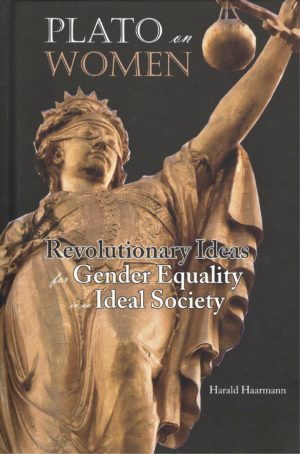 Plato (ca. 427 – ca. 347 BCE) has been referred to as a “patriarchal” writer by some feminists while others characterize the philosopher’s approach to gender issues as “unambiguously feminist.” In contrast to these polarized judgements, Harald Haarmann presents an internal reconstruction of the historical realities and cultural conditions during Plato’s lifetime while avoiding the projection of modern biased positions and stereotypes into antiquity.
Plato (ca. 427 – ca. 347 BCE) has been referred to as a “patriarchal” writer by some feminists while others characterize the philosopher’s approach to gender issues as “unambiguously feminist.” In contrast to these polarized judgements, Harald Haarmann presents an internal reconstruction of the historical realities and cultural conditions during Plato’s lifetime while avoiding the projection of modern biased positions and stereotypes into antiquity.